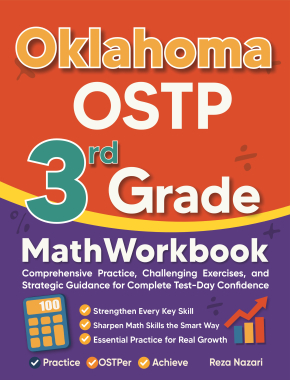Missing Numerals
In this article, you will learn how to determine a missing number based on sufficient numerical information to do so.
[include_netrun_products_block from-products="product/6-south-carolina-sc-ready-grade-3-math-practice-tests/" product-list-class="bundle-products float-left" product-item-class="float-left" product-item-image-container-class="p-0 float-left" product-item-image-container-size="col-2" product-item-image-container-custom-style="" product-item-container-size="" product-item-add-to-cart-class="btn-accent btn-purchase-ajax" product-item-button-custom-url="{url}/?ajax-add-to-cart={id}" product-item-button-custom-url-if-not-salable="{productUrl} product-item-container-class="" product-item-element-order="image,title,purchase,price" product-item-title-size="" product-item-title-wrapper-size="col-10" product-item-title-tag="h3" product-item-title-class="mt-0" product-item-title-wrapper-class="float-left pr-0" product-item-price-size="" product-item-purchase-size="" product-item-purchase-wrapper-size="" product-item-price-wrapper-class="pr-0 float-left" product-item-price-wrapper-size="col-10" product-item-read-more-text="" product-item-add-to-cart-text="" product-item-add-to-cart-custom-attribute="title='Purchase this book with single click'" product-item-thumbnail-size="290-380" show-details="false" show-excerpt="false" paginate="false" lazy-load="true"]

In addition, Subtraction, Multiplication, and Division are essential components of computation, however, the real magic exists in it is possible to locate an unknown numeral given enough numerical info to do it.
Equations include variables, which are the letters or additional non-numerical symbols representative of values that you have to figure out.
Related Topics
How do you locate a missing numeral?
With these kinds of problems, you’re seeking a unique answer to a problem.
So if an unknown numeral \((b)\), you must determine the way to isolate \((b)\). The way this is done is dependent on the actual equation! If you multiplied it by something, you’ll divide. If you added anything to it, you then have to subtract. So, then you’ll slowly get the missing numeral by itself.
STEP one: take “\(b\)” as the unknown numeral.
STEP two: To resolve the equation it’s vital not to forget to use the identical functions for both sides of this equation.
STEP three: You wish to locate \(b\), and so you’ll have to discover a method of getting \(b\) by itself. So, if \(a, b\) and \(c\) are numerals in the equation and \(b\) is the missing numeral, you’ll be able to utilize these techniques to locate your missing numeral:
If \(a×b=c→b=\frac{c}{a}\)
If \(\frac{b}{a}=c→b=a×c\)
If \(a+b=c→b=c-a\)
If \(b-a=c→b=c+a\)
Hint: At any time you’re locating a missing numeral, you’re always able to check your solution by substituting it back into your equation. Then if you end up with a true assertion, your result is right. That is not one hundred percent required for all problems, however, it’s a great habit so we’ll perform it when we do some equations.
Missing Numerals – Example 1:
Find the missing number.
\(4\) \(×\) ___ \(= 116\)
Solution:
As mentioned, if \(a×b=c→b=\frac{c}{a}\). So, \(4×b=116→b=\frac{116}{4}=29\). Or we can say, since \(4\) multiplied by \(29\) equals \(116\), then answer is \(29\).
Missing Numerals – Example 2:
Find the missing number.
___ \(×5=220\)
Solution:
As mentioned, if \(a×b=c→a=\frac{c}{b}\). So, \(a×5=220→a=\frac{220}{5}=44\). Or we can say, since \(5\) multiplied by \(44\) equals \(220\), then answer is \(44\).
Exercises for Missing Numerals
Find the missing numbers.
- \(\color{blue}{12×b=144}\)
- \(\color{blue}{40×b=160}\)
- \(\color{blue}{a×8=88}\)
- \(\color{blue}{a×23=69}\)
- \(\color{blue}{12}\)
- \(\color{blue}{4}\)
- \(\color{blue}{11}\)
- \(\color{blue}{3}\)
Related to This Article
More math articles
- 5 Best CHSPE Math Study Guides
- How to Solve a System of Equations Using Matrices?
- What Kind of Math do You Need to Be a Medical Assistant?
- How to Find Convert Fractions and Mixed Numbers into Decimals
- SAT Cаlсulаtоr Pоliсу
- How Writing Math Journals Can Boost Students’ Problem-Solving Skills
- How to Use Matrices to Represent Data
- 6th Grade New York State Assessments Math Worksheets: FREE & Printable
- Best Calculators for High School Algebra II
- PSAT Math FREE Sample Practice Questions





































What people say about "Missing Numerals - Effortless Math: We Help Students Learn to LOVE Mathematics"?
No one replied yet.